It is common to think about User Experience (UX) for product development. However, it is only sometimes attached to marketing strategies. UX Marketing changes this mindset by intertwining UX principles with marketing efforts. The main idea behind it is that the user journey begins well before a customer even interacts with the product. It starts at the very inception of brand awareness, shaping every interaction and perception.
The Early Stages of UX Marketing
UX Marketing is unique because it doesn’t start with the product; it begins with the brand’s first impression. This could be a social media ad, an article, or word-of-mouth. Every element that contributes to brand awareness is a part of UX Marketing. It’s about crafting a narrative and creating perceptions that resonate with the target audience. This stage is critical because it sets the tone for the entire customer journey.
UX Marketing is unique because it doesn’t start with the product; it begins with the brand’s first impression.
The key lies in understanding the target audience deeply. What are their needs, their pain points, and their desires? By answering these questions, a brand can tailor its initial messaging to strike a chord with potential customers. This early phase of UX Marketing is about building a connection, an emotional response that makes the audience want to learn more.
Mapping the Whole User Journey
In UX Marketing, mapping the user journey is an essential strategic exercise. It involves visualizing each step a potential customer takes, from becoming aware of the brand to making a purchase and beyond. This mapping can be created with different types of visuals. It helps identify key touchpoints where interactions occur and ensure that these moments are optimized for the best user experience.
Having a clear map of the user journey allows for a more effective budget allocation of your marketing effort. When you understand where your customers are most engaged and what drives their decisions, you can invest in the right tools and channels. This strategic approach not only saves money but also increases the likelihood of successful conversions.
Having a clear map of the user journey allows for a more effective budget allocation of your marketing effort.
Maintain Control with a Strategic Workflow
Maintaining some control over the workflow in UX Marketing is crucial. It’s about ensuring that every piece of content, every campaign, and every interaction is aligned with the overall marketing strategy and contributes to a cohesive user experience.
Effective UX Marketing requires a balance between flexibility and control. Brands need to be agile enough to respond to market changes and customer feedback but also need to have a structured workflow to keep the strategy on track. Tools like customer relationship management (CRM) systems, analytics platforms, and content management systems (CMS) can be invaluable in managing this balance.
Conclusion
UX Marketing is a journey that begins long before the customer sees the product and continues far beyond the point of sale. It’s a new approach that considers every touchpoint as an opportunity to enhance the user experience.
By understanding the importance of the initial stages of brand awareness, strategically mapping the user journey, and maintaining control over the workflow, businesses can optimize their marketing efforts. This not only helps in staying on budget but also ensures that every step taken is one towards greater customer satisfaction and business success.





